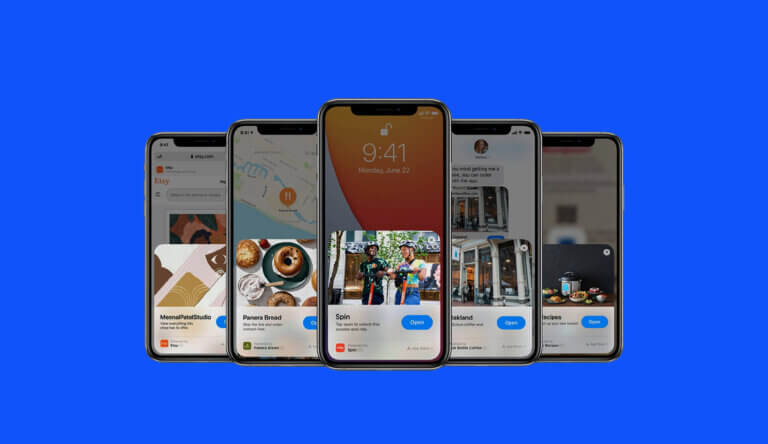
In a COVID-19 World, Holiday Shopping Is All About Mobile Engagement

Bernardo de Albergaria Chief Commercial Officer

Share to my network
In this article
Categories
Book a meeting
Connect with our team of experts to discuss your conversion and loyalty goals, and how we can help you achieve them faster.
Get a demoThis article was originally published on Campaign.
Battle-tested retailers are embarking on the longest and most challenged holiday shopping season of all time.
Online retail sales were up 44% year over year in Q2 to more than $207 billion. For comparison’s sake, last year, Q2 online retail sales grew just 13.3% year over year. Meanwhile, brick-and-mortar sales have already dropped 14% in 2020.
As consumers shift to online shopping, they expect real-time order updates at every step of the journey as well as near-immediate gratification with delivery, putting additional pressure on merchants.
Retailers have had to test new channels and innovate quickly to meet consumer demand. Legacy players including Target, Staples and Walmart are partnering with same-day delivery startups such as Shipt, Instacart and Postmates. They’ve innovated to adopt curbside pickup and returns, which half of holiday shoppers say they plan to use this year.
But with retail disruption on full display, brands must embrace new ways of doing business with mobile at the center to engage with shoppers this holiday season.
Embrace Mobile Agility
Forget about sweeping quarterly plans. This holiday season, brands need to win in real time with granular contextual intelligence.
Frequent A/B testing is a critical way to maintain and control market share. Target “is putting a premium on being really responsive” and agile this holiday season, chairman and CEO Brian Cornell recently said. “We are taking a much shorter-term horizon as we are thinking about the business.”
But real-time insights will benefit retailers beyond just this holiday season, as SMS texting and apps become key avenues for building individual customer relationships.
Five-year-old direct-to-consumer beverage brand Dirty Lemon, for example, has primarily used SMS to double revenues annually, while GameStop increased global e-commerce by 800% last quarter by focusing on building individual customer relationships in recent years.
Making a case for mobile has never been easier. Per eMarketer, mobile sales will reach $314 billion by the end of 2020, growing more than 155% since 2016. And academic research has found retail app users buy 33% more frequently and spend 37% more than non-app users.
Create New Touchpoints for Engagement
With social distancing orders still in place, many consumers are adopting buy online and pick up in store (BOPIS) as well as buy online and return in store (BORIS).
Prior to the pandemic, 40% of consumers were using BOPIS regularly, while 31% were using BORIS. Post-COVID, those numbers will only grow. This presents new opportunities for merchants.
Contactless mobile wallet transactions will become attractive to consumers who want to stay safe while shopping in stores. By leveraging first-party data, retailers can send relevant offers to wallets like Google Pay, Apple Wallet and Samsung Pay to draw shoppers in.
Whether consumers purchase online or in store, retailers should engage them in an orchestrated way through text messages, push notifications and email. Customers want to know if their order is ready to be picked up, if it’s sitting on their doorstep, or if their return has been processed. Post-purchase engagement builds loyalty, as long as the messages are relevant.
Success this holiday season will require a consistent effort by retailers to show up throughout the entire customer shopping journey — regardless of where the purchase takes place. To do that, engaging in a mobile-first strategy will be key.

